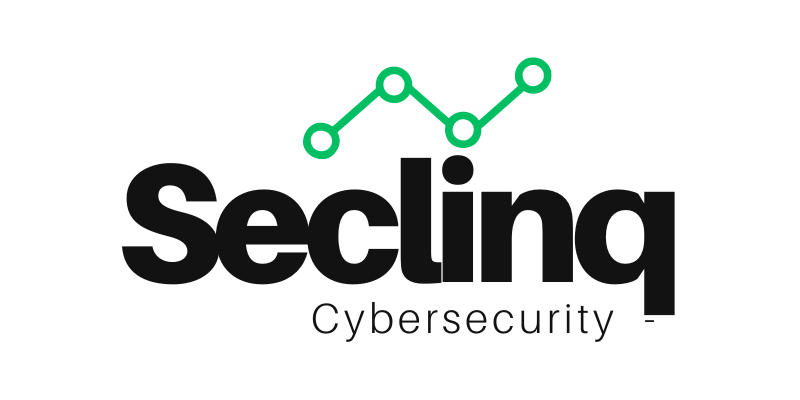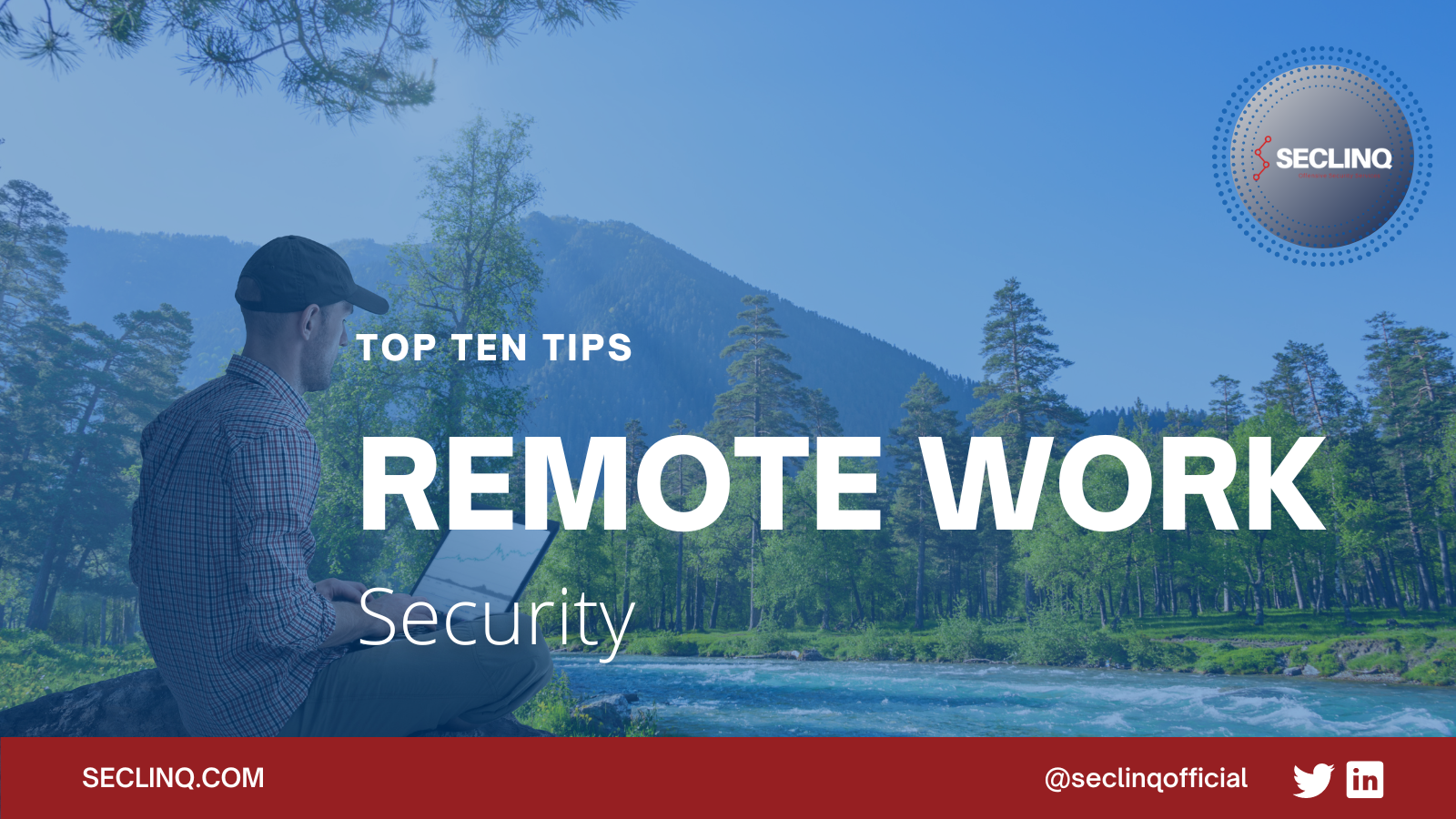Remote work is a great way to save time and money, but it also poses a number of security risks. Remote workers are often not in the office and may not have access to all of their company’s resources, they are more vulnerable to cyber-attacks. They are also more likely to be targeted by phishing attacks and infected with malware due to poor security practices like accessing sensitive data through unsafe Wi-Fi networks or using weak passwords.
However, there are steps you can take to reduce your risk of falling victim:
Tip 1: Create a remote work security policy
To ensure that remote work is secure and productive for your organization, it’s important to create a work-from-home security policy. This should include:
- Clearly define which positions are eligible for remote work.
- List the tools and platforms they should be using.
- Provide employees with steps to follow at the first signs of account compromise (e.g., change all passwords immediately).
- Decide as a business whether you permit the use of personal computers. For instance, if staff members don’t have work laptops. Give requirements that a private computer must follow if this is the case.
- Ensure that an employee securely configures their home network. This is no different than how your company secures the office network.
Tip 2: Enforce the use of a VPN
A VPN is a Virtual Private Network. It creates an encrypted connection between your computer and the VPN server, which hides your IP address and encrypts all data traveling between you and the server.
VPNs are used for many reasons: to hide browsing activity from internet service providers, and to protect against identity theft when using public Wi-Fi networks (like at hotels).
Tip 3: Utilize multifactor authentication
Multifactor authentication is a method of authentication that requires the user to provide two or more forms of identification.
For example, you may use your username and password, as well as a code sent to your phone when logging in to an account on a website.
Multifactor authentication is often used in conjunction with single-factor methods like passwords or basic physical keys, which are weaker on their own and can be easily guessed by someone who knows what they’re looking for (such as social media profiles).
The addition of another layer of security makes it much harder for an unauthorized person to access your personal information without approval from the account holder—and that’s exactly what we want when securing remote access!
Experts regard crypto drives, smartcards, and hardware-based one-time passwords (OTPs) such as RSA tokens or Mobile ID as good solutions. If such solutions are not feasible, software-based solutions such as LastPass are also suitable.
Tip 4: Restrict the use of free public Wi-Fi
Free public Wi-Fi is not recommended for sensitive work, such as your employees accessing your company’s private network or reviewing personal financial accounts. If they have to use it, make sure to recommend that they use the appropriate encryption for data and provide adequate security controls against unauthorized access.
At the same time, provide recommendations to secure home networks and this can be done simply by recommending the next steps:
- Change your wireless SSID name.
- Install the latest firmware for your router.
- Follow the vendor advisories on the hardware you are using and apply security patches in time.
- Disable WPS.
- Turn off guest networking.
- Choose a strong security protocol.
Tip 5: Always confirm that you are using HTTPS
Provide security awareness training to show how important it is to always use a secure browser connection (HTTPS). In this day and age, it’s important to make sure that your data is encrypted. Among many other advantages, HTTPS will help prevent man-in-the-middle attacks that could otherwise reveal your private information as you’re browsing the web.
Tip 6: Keep your software up to date at all times
Another way to minimize the risk of having your organization’s computers compromised is by keeping all of your software up to date. Software updates often include patches that fix existing vulnerabilities, so ensuring that you’re using the latest version of a program (and all its dependencies) will help you reduce your exposure.
There are a few ways that you can keep track of when software updates are available, you can keep an eye on product release notes or news sites that provide updates on the latest vulnerabilities. It is also important to automate this process so you can minimize human error.
Tip 7: Backup your data
You need to make sure that if something happens to any workstation in your IT environment, you can get back up and running as quickly as possible. If it takes too long to get back into a system, you risk losing valuable time—and if something happens during an important project, this could cost you even more than the time wasted.
If something does happen with one of your systems or some other part of the IT infrastructure that affects remote workers and their productivity. Here are some steps you should take:
- Backup systems (including all virtual machines) onto external storage or cloud backups on a regular basis using third-party tools.
- Keep all important documents stored in two separate places so they’re safe no matter what happens.
- Have a disaster recovery plan ready and tested, this will save you valuable time and provide you an overview of how quickly you can recover from a disaster.
Tip 8: Secure passwords
There are many ways to secure your passwords, but the most obvious one is through a password manager. A password manager is a software that will store all of your passwords in an encrypted form, so you can remember one master password and use it to access all of your other accounts. A popular option for password management is LastPass which will allow you to enforce policies on all your organization’s enterprise users.
Tip 9: Use a next-generation EDR solution
Next-generation EDR solutions can detect and block threats that evade traditional signature-based detection. This technology is essential to help you secure your remote workers and keep your business running smoothly.
An EDR solution will give your organization visibility on the security status of your remote employees. It will also allow your team to take immediate action when an infected machine is detected.
Tip 10: Security awareness
Ensure that your employees are aware of cyber threats. Especially in the home office environment, and communicate contact information that they can use if they notice anything suspicious.
This can be done through training which can involve classroom training periodically, and a next-generation security awareness program which you can get from a vendor like Knowbe4.
Validating the implemented guidelines
We have mentioned the main tips for securing remote work, but how to make sure they are really effective?
The following steps can ensure that the security controls you have implemented for remote work security are effective:
Penetration testing and red teaming
Hiring professional ethical hackers to simulate hackers trying to break into your organization is a mandatory thing to do nowadays. It is the only way you would get a reality check over how secure your business is.
To test remote working specifically, an organization like Seclinq would create a testing plan targeting the remote work components in your organization to identify any security gaps using a real-life hacking technique.
Seclinq then provides a detailed report on the security risk including detailed recommendations on how to mitigate the risks.
Request a penetration test today!
Phishing simulation
Verizon’s 2022 Data Breach Investigations Report states that “the human element continues to drive breaches. This year, 82% of breaches involved the human element. Whether it is the use of stolen credentials, phishing, misuse or simply error, people continue to play a very large role in incidents and breaches alike.”
In addition to the regular email phishing; phones are also targeted through SMS phishing (smishing) and through malicious links embedded in popular messaging & social media apps. Criminals have adapted their phishing lures to reference recent events such as the pandemic directly. Pretending to be documents or information from relevant national or international public health authorities.
The ultimate goal of this activity remains the same as it has in the past:
stealing credentials for access or resale, installing malware to damage infrastructure, or allowing remote access.
Your business can run a phishing simulation to test your employees if they have enough security awareness to avoid these types of attacks.
Based on the outcome of this phishing simulation, you can create security awareness training for your employees or implement more security controls.
Request a phishing simulation now!
Conclusion
The statistics are clear: remote workers are more likely to be the victims of cybercrime.
75% of remote workers have had their company’s data stolen or lost during a breach
While there is no doubt that remote work has many advantages, it can also pose a number of challenges. To ensure that your team’s work is as productive and secure as possible, make sure that they have access to the right tools at all times.
Learn more about how you can take advantage of our services to secure your remote work experience by viewing our services page or contact us on “support at seclinq dot com” if you have any questions.

